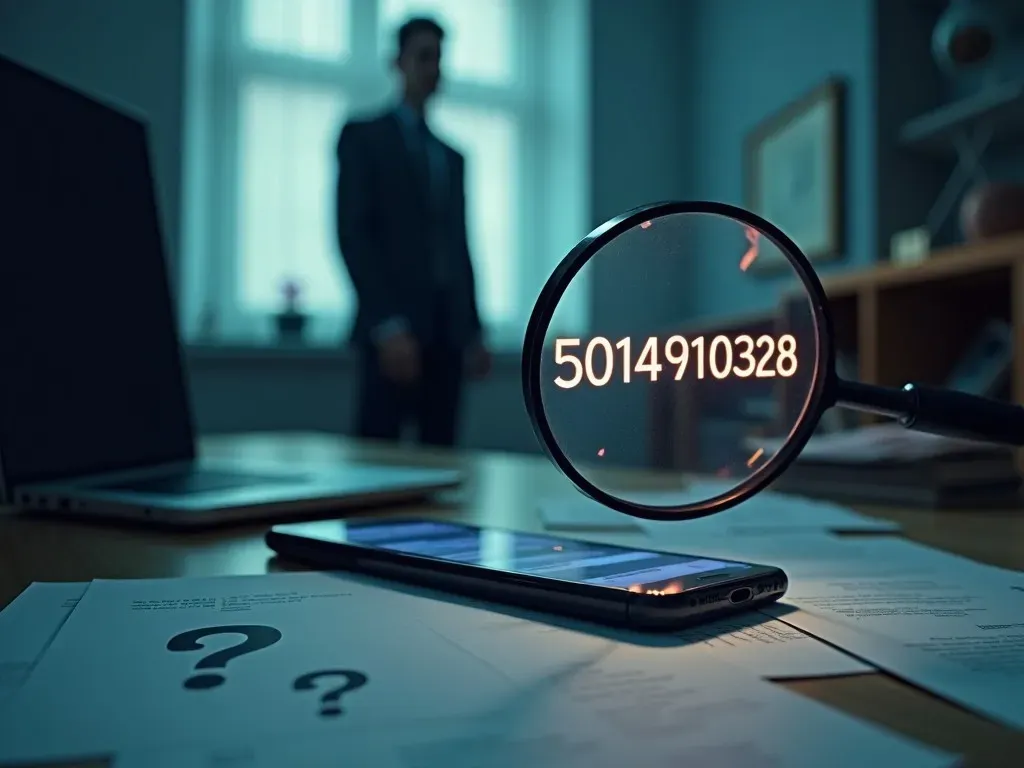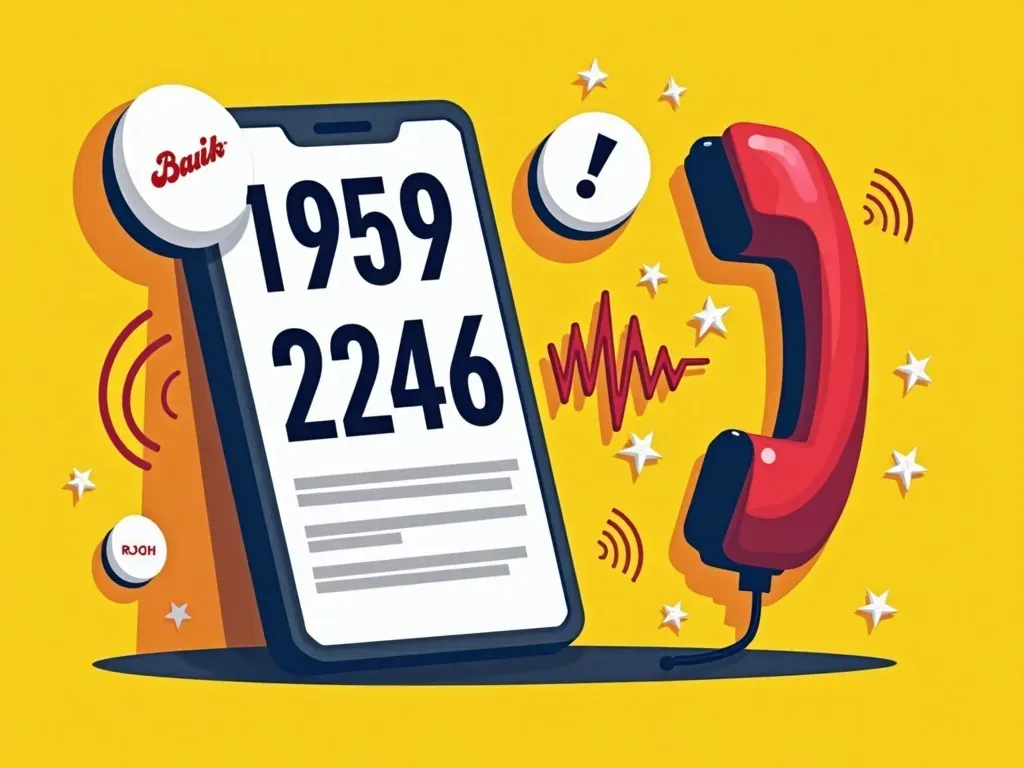Receiving an unexpected call from an unfamiliar number can elicit feelings of anxiety and suspicion. 5014910328 is one such number that has been flagged by many as a potential spam caller. The question on the minds of many is whether this number belongs to a legitimate company or is simply a nuisance causing alarm and disruption. In this article, we explore the various concerns surrounding this number, the experiences of those who have received calls from it, and provide effective strategies for handling these calls. By establishing a foundation of trust and providing actionable advice, we aim to empower readers to feel confident in combating potential spam calls.
The increasingly sophisticated nature of scam calls can leave individuals feeling vulnerable and uncertain. Many users report receiving unsolicited outreach from numbers like 5014910328, raising queries about the caller’s identity and purpose. Understanding how to respond effectively to these calls can save both time and peace of mind.

| Caller Information | Details |
|---|---|
| Phone Number | 501-491-0328 |
| Company Name | Bandwidth.com CLEC, LLC |
| Headquarters | Beebe, AR |
| Representative | Unknown |
| Established | Unknown |
| Business Activities | Telecommunications, Voice Services |
| Spam Risk Level | High |
| Reports of Abuse | Multiple reports of robocalls and spam |
| Last Updated | Whitepages |
Identifying the Source of 5014910328
Understanding who is on the other end of the line is critical when receiving unsolicited calls. The number 501-491-0328, according to reports, is associated with Bandwidth.com, a telecommunications company. While they do provide legitimate communication services, this specific number has been linked to spam activity. Reports indicate that consumers have received calls that often fall into the robocall category, where automated messages attempt to elicit information or promote offers that may not be genuine.
Common user reactions to calls from 5014910328 include frustration and apprehension. Many individuals feel a sense of invasion of privacy and worry about the safety of their personal information. Anecdotally, users have described feeling harassed by persistent calls that disrupt daily life, often leading them to question the legitimacy of such outreach. A summary of user experiences reveals several distinct patterns; many report that calls come at inconvenient times, disturbing their routines.
User Experiences with 5014910328
The conversations surrounding calls from 5014910328 illustrate a broader issue of consumer distrust in telecommunications. Individuals have expressed feelings of anxiety and fear, uncertain if the caller is legitimate or part of a more extensive fraudulent scheme. Common reported experiences include receiving persistent calls that seem to go unanswered once the recipient picks up.
Social media and various online forums have become vital spaces for sharing information about suspicious numbers. Users often gather to compare notes, leading to a consensus that 5014910328 is a number best avoided. While some demographics react with annoyance, others, particularly older individuals, may experience heightened anxiety due to the perception of scams that frequently target them.
Strategies to Handle Nuisance Calls
Receiving an unsolicited call can be a nuisance, but there are effective strategies for managing such situations.
Step 1: Set Up Call Blocking
Many smartphones offer built-in features for blocking unwanted calls. It is advisable to enable these features and add 5014910328 to a blocked call list immediately upon receiving a call. This step protects users against further disruption while allowing them to focus on more pressing matters in their lives.
Step 2: Respectfully Decline
If one chooses to answer, having a plan in mind can ease anxiety. A simple phrase like, “I’m not interested, thank you,” can be effective. Remaining calm and direct demonstrates that you value your time and will not engage with unsolicited callers.
Key Takeaway: Stay calm, and don't feel pressured to engage in conversation.
Step 3: Understand Your Rights
The Telephone Consumer Protection Act (TCPA) protects consumers against unwanted calls, especially those from telemarketers and robocalls. Familiarizing oneself with these laws can empower individuals to take action against continued harassment. If a caller repeatedly contacts you despite being asked to stop, there are avenues for reporting them to authorities.
1141-39-053416
For further assistance and a more comprehensive understanding of consumer protection laws, you can explore the Federal Communications Commission (FCC).
The Broader Context of Spam Calls
Calls from numbers like 5014910328 are part of a larger trend in telecommunications where consumers face increasing attempts at fraud. The FBI reports an exponential rise in incidents of phone scams over the years, often targeting the elderly and less technologically savvy individuals.
One example includes lottery or sweepstake scams, where callers claim the victim has won a prize but must pay a fee to claim it. These tactics prey on individuals’ desires for good fortune and exploit hope, demonstrating the lengths to which scammers go.
Collectively, the statistics reveal a staggering increase in spam calls, with the Federal Trade Commission (FTC) noting that millions of complaints revolve around unwanted calls. By staying informed and vigilant, consumers can safeguard themselves from falling prey to these malicious tactics.
Tips for Reporting Spam Calls
- Document the Call: Keep a record of the time, date, and details of the call.
- Report to Authorities: Submit a complaint to the FTC if you receive frequent spam calls.
- Educate Others: Sharing experiences with friends and family can help raise awareness and promote vigilance in your community.
In an era where technology connects us more than ever, it’s crucial to be aware of the potential pitfalls that lie within those connections. Identifying the source of calls, such as 5014910328, is an essential first step in mitigating the risk of falling victim to scams.
Final Thoughts
While navigating nuisance calls is undoubtedly frustrating, equipping oneself with knowledge and strategies can alleviate some of the burdens. Remaining proactive when it comes to protecting one’s personal and financial information is paramount. By creating a support network of friends and family, and leveraging protection tools available through service providers and consumer protection agencies, individuals can maintain greater control over their experiences in this digital age.
As concerns about personal security and privacy continue to escalate, it’s vital to stay informed and take necessary precautions. Users must recognize that while spam calls can disrupt their lives, the power to manage them often lies within their hands.


